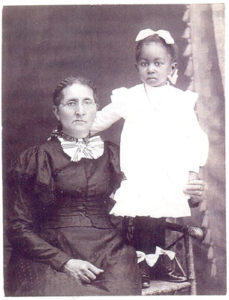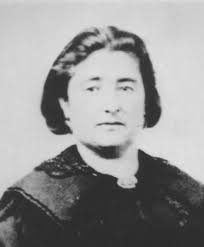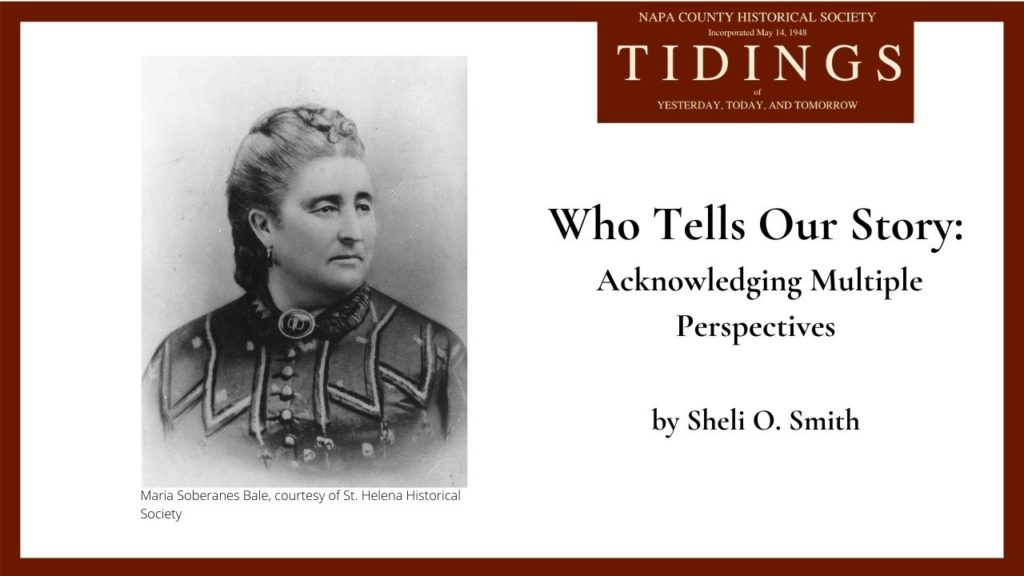African American History, Asian-American History, California History, Exhibit, General History, Jewish History, Latino and Hispanic History, Native American History, People
Who Tells Our Story: Acknowledging Multiple Perspectives
submitted by Sheli O. Smith
“The past happened. History is simply how someone wrote it down,” sagely noted A. Whitney Brown. Histories were initially stories told and retold regaling listeners with the feats of a culture while vilifying the enemy. With the advent of codified language histories were written down. From the hieroglyphs of Hatchepsut’s tomb enthralling visitors with the heroic Punt trip to the epic tale of Beowulf, histories focused on exploration and smiting enemies in the quest for prosperity and peace. When told by a woman such as Hatchepsut the story focused on the exploits of the trip and what was acquired. When told by men such as Homer’s in the Illiad and Odyssey, the stories focused on a male individual who accomplished great feats of courage.
As power bases in western cultures solidified around men a clear pecking order of who made history emerged with classifications that even Linnaeus would admire. This pecking order revolves around gender, the social constructs of “race”, and age. First place is held by men. Next much further down the order is women — that amazing woman who succeeded against all odds. Even Britannica’s modern historical recounting of Hatchepsut’s feats are couched in “attained unprecedented power for a woman.”

Julia Canner, pictured with her granddaughter Mazie Strickland, settled in Napa in the 1860s.Courtesy of the Napa Register.
Finally, histories of children focus on stories of great courage or remarkable talent. Add to the order the social construct of race, age, and classifications are further sorted. Older, white men lead, followed by men of other ethnicities. Histories of women tag along behind regardless of ethnicity. Histories of children are even fewer. Thus arises the invisible histories that remain untold until someone takes them up and teases out the scant documentation to create a rich tapestry of history.
Who tells our story and how is important. In today’s quest for social justice having multiple perspectives of the same event is essential to battling injustice. The mere acknowledgement that there are different versions of history is key to changing bigoted and bias behaviors. Thus it is important to amass multiple perspectives and acknowledge their role in history, encouraging men, women, and youth to examine and present varying histories.
In our own Napa Valley we have for decades been comfortable with the white male dominated histories of the historic Valley development, yet the past is so much richer, woven with pain and successes of men, women and children from well before the Spanish, Russian, and Mexican incursions into the area. There is room in our histories to tell the stories of First People genocide alongside the stories of their powerful control of the obsidian trade. There is more than enough room to recount the stories and experiences of Hawaiians, Chinese, and Russians, who all played roles in the historic development of Alta California alongside the Spanish, Mexicans and Americans. There is also room in our histories to tell the stories of systematic discrimination and red-lining.
There is room to tell of historic women pioneers in the Valley, such as Maria Soberanes Bale, Maria Higuerra Juarez, Juliana Salazar Pope, and Kitty Spead Fowler alongside the stories of their husbands. Maria Soberanes managed one of the first, Napa Valley commercial ventures at Bale Mill, while the other women managed huge family ranches, cumulatively controlling over 32,000 acres. Finally, there is room in our histories to recount how children were used to secure generational wealth and cultural stability through marriage, and how the very young sometimes escaped abusive homes to seek their fortunes in the burgeoning west.

Maria Soberanes Bale, circa 1870
There is room for all of these stories and more. It is our job to encourage the telling through multiple and varied lenses so that our histories mingles the tender, the courageous, and the successful with the sad, the blemished, and the devastating. Let’s make our histories inclusive allowing lots of people young and old, non-binary, men, and women to delve into the facts and interpret them through their own unique lens. Let’s help make history relevant, engaging, and instrumental in showing us pathways forward that improve social understanding and abolish discriminatory behaviors.


